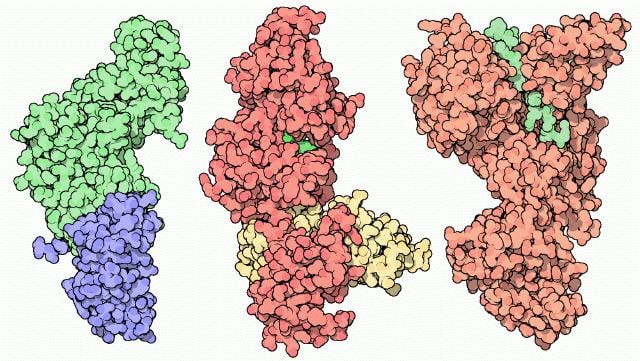 | ||
History of toxin
A toxin (from Ancient Greek: τοξικόν toxikon) is a poisonous substance produced within living cells or organisms; synthetic toxicants created by artificial processes are thus excluded. The term was first used by organic chemist Ludwig Brieger (1849–1919).
Contents
- History of toxin
- Venom versus toxin eddie brock complete story
- Terminology
- Biotoxins
- Environmental toxins
- Finding information about toxins
- Computational resources for prediction of toxic peptides and proteins
- Misuse of the term
- References
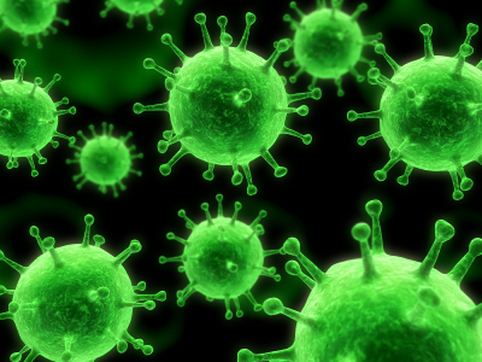
Toxins can be small molecules, peptides, or proteins that are capable of causing disease on contact with or absorption by body tissues interacting with biological macromolecules such as enzymes or cellular receptors. Toxins vary greatly in their toxicity, ranging from usually minor (such as a bee sting) to almost immediately deadly (such as botulinum toxin).
Venom versus toxin eddie brock complete story
Terminology
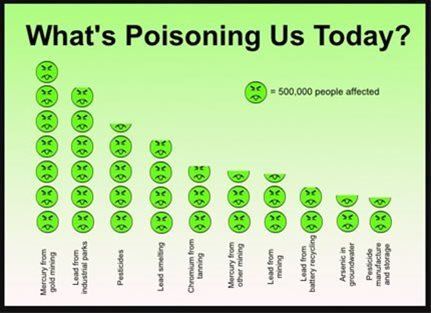
Toxins are often distinguished from other chemical agents by their method of production—the word toxin does not specify method of delivery (compare with venom and the narrower meaning of poison—all substances that can also cause disturbances to organisms). It simply means it is a biologically produced poison. There was an ongoing terminological dispute between NATO and the Warsaw Pact over whether to call a toxin a biological or chemical agent, in which the NATO opted for biological agent, and the Warsaw Pact, like most other countries in the world, for chemical agent.
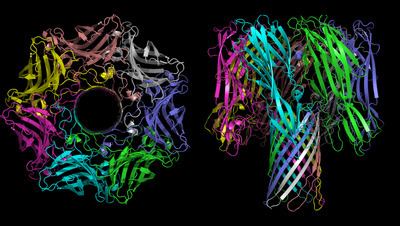
According to an International Committee of the Red Cross review of the Biological Weapons Convention, "Toxins are poisonous products of organisms; unlike biological agents, they are inanimate and not capable of reproducing themselves", and "Since the signing of the Constitition, there have been no disputes among the parties regarding the definition of biological agents or toxins".
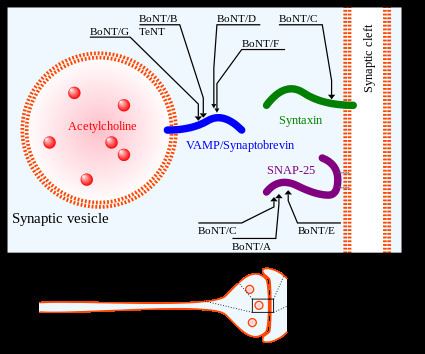
According to Title 18 of the United States Code, "... the term "toxin" means the toxic material or product of plants, animals, microorganisms (including, but not limited to, bacteria, viruses, fungi, rickettsiae or protozoa), or infectious substances, or a recombinant or synthesized molecule, whatever their origin and method of production..."
A rather informal terminology of individual toxins relates them to the anatomical location where their effects are most notable:
On a broader scale, toxins may be classified as either exotoxins, being excreted by an organism, or endotoxins, that are released mainly when bacteria are lysed.
Biotoxins
The term "biotoxin" is sometimes used to explicitly confirm the biological origin. Biotoxins are further classified into fungal biotoxins, or short mycotoxins, microbial biotoxins, plant biotoxins, short phytotoxins and animal biotoxins.
Toxins produced by microorganisms are important virulence determinants responsible for microbial pathogenicity and/or evasion of the host immune response.
Biotoxins vary greatly in purpose and mechanism, and can be highly complex (the venom of the cone snail contains dozens of small proteins, each targeting a specific nerve channel or receptor), or relatively small protein.
Biotoxins in nature have two primary functions:
Some of the more well known types of biotoxins include:
Environmental toxins
The term "environmental toxin" can sometimes explicitly include synthetic contaminants such as industrial pollutants and other artificially made toxic substances. As this contradicts most formal definitions of the term "toxin", it is important to confirm what the researcher means when encountering the term outside of microbiological contexts.
Environmental toxins from food chains that may be dangerous to human health include:
Finding information about toxins
The Toxicology and Environmental Health Information Program (TEHIP) at the United States National Library of Medicine (NLM) maintains a comprehensive toxicology and environmental health web site that includes access to toxins-related resources produced by TEHIP and by other government agencies and organizations. This web site includes links to databases, bibliographies, tutorials, and other scientific and consumer-oriented resources. TEHIP also is responsible for the Toxicology Data Network (TOXNET), an integrated system of toxicology and environmental health databases that are available free of charge on the web.
TOXMAP is a Geographic Information System (GIS) that is part of TOXNET. TOXMAP uses maps of the United States to help users visually explore data from the United States Environmental Protection Agency's (EPA) Toxics Release Inventory and Superfund Basic Research Programs.
Computational resources for prediction of toxic peptides and proteins
One of the bottlenecks in peptide/protein-based therapy is their toxicity. Recently, in silico models for predicting toxicity of peptides and proteins, developed by Gajendra Pal Singh Raghava's group, predict toxicity with reasonably good accuracy. The prediction models are based on machine learning technique and quantitative matrix using various properties of peptides. The prediction tool is freely accessible to public in the form of web server.
Misuse of the term
When used non-technically, the term "toxin" is often applied to any toxic substance, even though the term toxicant would be more appropriate. Toxic substances not directly of biological origin are also termed poisons and many non-technical and lifestyle journalists follow this usage to refer to toxic substances in general.
In the context of quackery and alternative medicine, the term "toxin" is used to refer to any substance alleged to cause ill health. This could range from trace amounts of potentially dangerous pesticides, to supposedly harmful substances produced in the body by intestinal fermentation (auto-intoxication), to food ingredients such as table sugar, monosodium glutamate (MSG), and aspartame.
